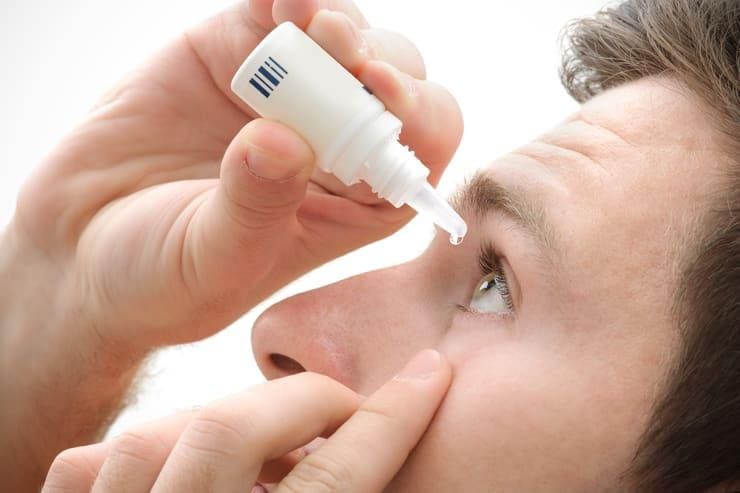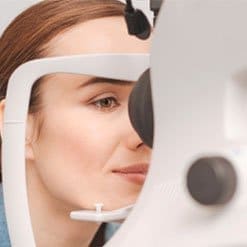Computer vision syndrome
Table of Content
- Redness of eyes,
- Dryness of eyes,
- Irritation and pain in the eyes,
- Feeling of tired eyes,
- Frequent blinking (as a result of dryness of the eye),
- Blurred vision,
- Double vision
- Polyopia (seeing multiple images)
- Headache,
- Dizziness,
- Pain in the neck
How to detect computer vision syndrome?
The above-mentioned symptoms may suggest CVS diagnosis. The syndrome is detected during ophthalmological examination, which includes, among others, secretion test and analysis of tear film composition.
How to prevent the occurence of computer vision syndrome?
In the prevention of CVS it is important to arrange properly your workplace. When you work with your computer, the center of the monitor should be about 10 cm lower than your eyes, best if it is 2-3 – times the diagonal of the screen. In order to prevent CVS, the monitor should be of good quality and set at the highest refreshing mode. The workplace should ensure comfort when sitting – it is important to support the head, so as not to strain the cervical spine. Attention should be paid to proper illumination of the room in which we work and avoid working with a computer in a dark room. If it is not possible to lighten the place , the brightness of the monitor should be reduced. A big problem is air conditioning of rooms, which significantly lowers the humidity and causes a negative effect on our eyes.
Principle20-20-20
CVS can be avoided by adhering to the principle of 20-20-20. It involves taking breaks every 20 minutes of using the monitor. During the break, you should look at a point located far away from us, at least 6 meters (20 feet) for 20 seconds. Remember, when you feel burning or tired eyes, it is high time for a break.
Lack of sleep causes a much greater visual fatigue. Therefore, during long, all day of work with a computer, you should take breaks for naps, during which your eyes can rest.
When you start feeling fatigued and have eye irritation (redness ), you can use moisturizing drops, which are available at any pharmacy. It is important to use drops with no preservatives. The most suitable type of drops should be recommended by an ophthalmologist, after analyzing our tear film. The cost ranges from 20-40 PLN.

If someone uses glasses, they should be equipped with anti-reflection filter. The use of protective goggles when working with a computer is less important.
Contact lenses can correct the existing sight defect . When selecting the lens parameters, attention should be paid to the material from which they are made, and the method of production. By using gas permeable materials, therapeutic effect can be achieved and symptoms associated with CVS may be reduced . Nevertheless , during a few hours of computer work, it is better to use glasses than lenses.
What may happen if computer vision syndrome is untreated?
If left untreated, computer vision syndrome initially leads to fatigue, headache and congestion – redness of the eye. Later, in the eye increases susceptibility to infection, which may cause formation of pinguecula and conjunctival cysts.
How to treat computer vision syndrome?
Generally, treatment consists of a suitable rearrangement of the workplace to “favourable ” to our eyes, making regular breaks (see above rule 20/20/20), moisturizing eye with drops and using special contact lenses designed to work with your computer. Such lenses absolutely must be selected by your ophthalmologist , who will adjust the parameters to our vision defects and working conditions.






